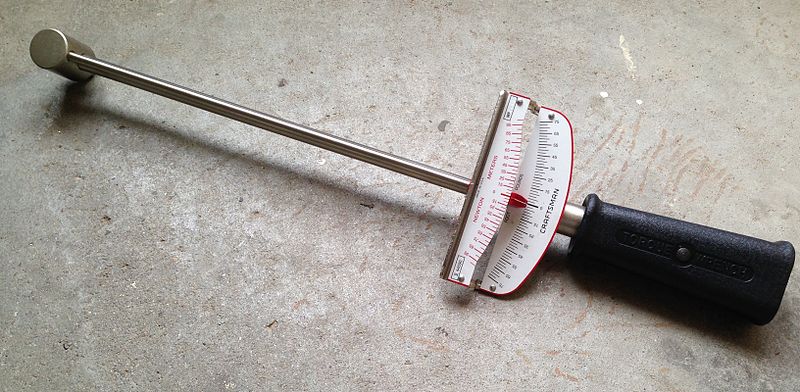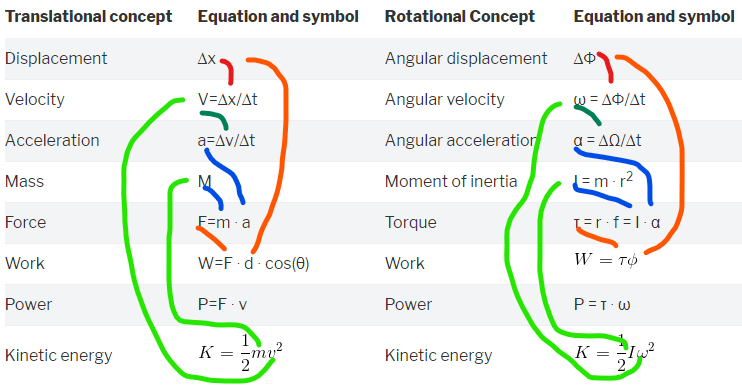Equations for torque can be found on yesterday’s page.
Classwork
Complete Problems 1, 3, 5, and 6 on page 253-254.
Intro videos
What is torque?
Sample torque problem
How to use a torque wrench
Homework: Intro to Center of Mass
Watch the following videos on center of mass, and take notes while you do. Your textbook covers this in Sections 8.2 and 8.3.
You will have a one-question quiz tomorrow when you arrive based on the videos below. You can use your notes from the video.


